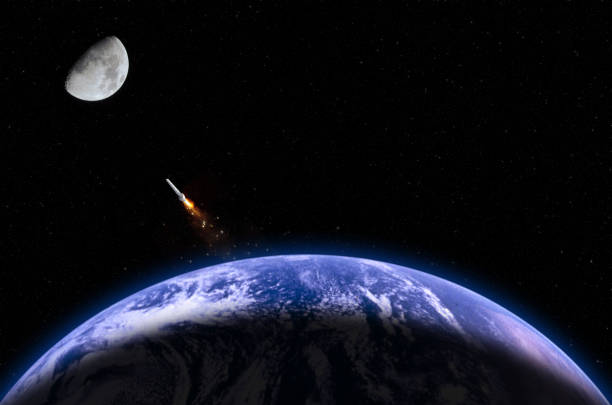SPACEX'S STARSHIP: BEYOND THE FLAMES
Let's take a moment to dissect SpaceX's recent Starship test – a 40-story skyscraper propelling into the heavens, a spectacle that leaves no one indifferent. We're caught in the midst of an epic technological endeavor, and the journey, my friends, is far from over.
Starship, in all its towering glory, has become a public sensation. The rocket's colossal power, with launches just a stone's throw away, captivates audiences worldwide. SpaceX's live streams add fuel to the fervor, while devoted fans dissect every move of the South Texas space odyssey.
Yet, this grand show, coupled with the polarizing figure of SpaceX's owner, Elon Musk, presents a dual narrative on Starship test flights. What some hail as a "stellar success," others deem a "colossal failure." Few acknowledge the plain truth: these Starship launches are experiments, part of a relentless pursuit of knowledge.
SpaceX repeatedly emphasizes the "test" nature of these flights. From a Research and Development perspective, there were several triumphs: all 39 Raptor engines operated flawlessly, ground infrastructure showed promising signs, the "hot-staging" process improved the flight range, the rocket breached the bounds of space, and the flight termination system triggered more promptly than before.
Undoubtedly, strides in the right direction. Are we on the fast track to Mars? Not quite.
Starship fell short of completing the test mission profile by failing to splash down off the coast of Hawaii, missing even the modest bar set by most Falcon 9 launches. The booster disintegrated shortly after detachment, and Starship met its demise due to underperformance – or, in SpaceX lingo, "a safe command destruct was appropriately triggered based on available vehicle performance data."
Certainly not ideal, given the flight duration was a mere fraction of the planned mission. However, it's not the catastrophe that images of a distant fireball might lead you to believe.
Readers, especially space enthusiasts, yearn for predictions of when Starship will touch the moon or ferry humans to Mars. Unfortunately, those timelines are optimistic, given the missions rely on technology firmly in the Research and Development stage. SpaceX's insistence on completing "hundreds" of successful flights before carrying humans is a clear indication.
Starship needs to reach orbit, deploy satellites, demonstrate orbital refueling, safely re-enter the atmosphere, and more before we can seriously entertain announcements like "landing cargo on the moon by 2050!" In the realm of these technological advancements, SpaceX faces accusations of moving too swiftly and breaking things, while also criticizing bureaucratic delays in regulatory approvals.
Interpreting the tea leaves for Starship's trajectory involves examining the excitement generated by Falcon 9 launches over the years or analyzing the lag between initial estimates for Starship relaunches (as early as June) and the actual relaunch in October.
The truth is, Starship remains firmly in the Research and Development stage. Any suggested timelines are far from set in stone. So, the odyssey continues, and the future holds both challenges and triumphs.

It was not such a failure as you describe, the most critical part (the separation) had worked well.